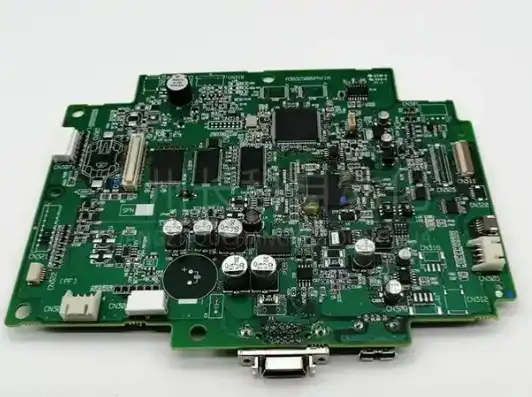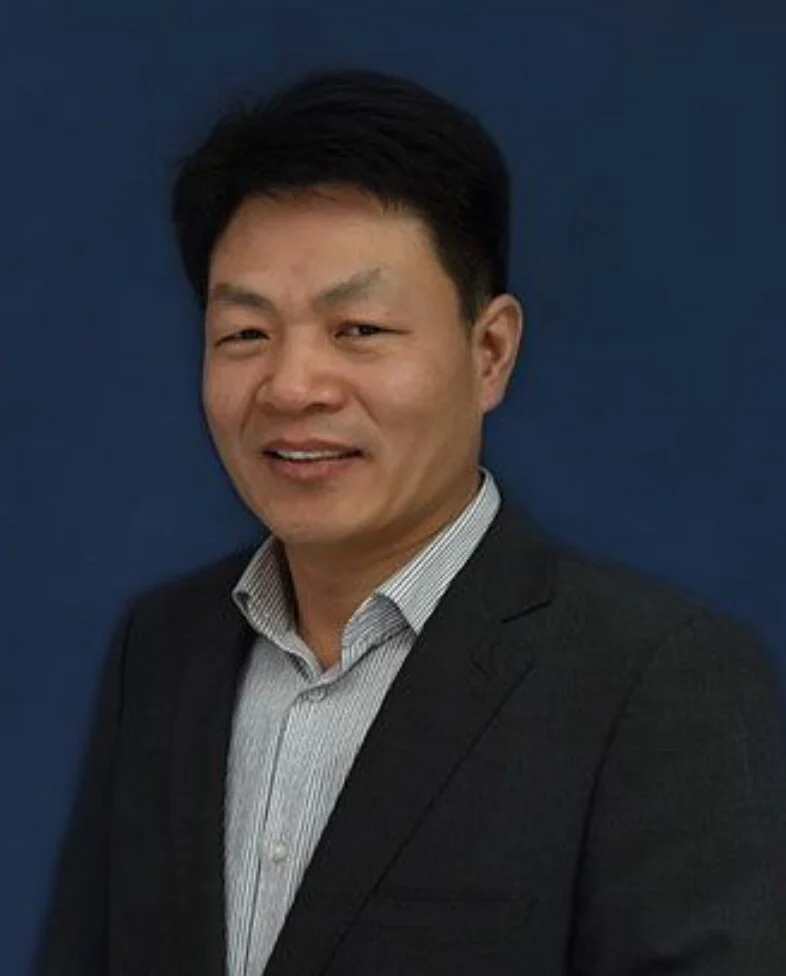Best Heat Dissipation Techniques for 5G PCB Assemblies
The best heat dissipation techniques for 5G PCB assembly encompass a multi-faceted approach to thermal management. These include innovative PCB design strategies such as thermal vias and copper coin technology, advanced material selection like high thermal conductivity substrates, and cutting-edge cooling solutions such as liquid cooling and phase change materials. Additionally, optimized component placement, the use of heat spreaders, and sophisticated thermal simulation software play crucial roles in mitigating heat-related challenges in 5G PCB assemblies, ensuring optimal performance and longevity of these high-power, densely packed electronic systems.

Innovative PCB Design Strategies for Enhanced Thermal Management
Thermal Vias: Creating Efficient Heat Pathways
Thermal vias are small, plated through-holes strategically placed in a PCB to facilitate heat transfer between layers. In 5G PCB assemblies, where component density and power consumption are significantly higher, thermal vias play a crucial role in dissipating heat from critical components to cooler areas of the board or external heat sinks.
The effectiveness of thermal vias depends on several factors, including their diameter, spacing, and plating thickness. Typically, a larger number of smaller vias is more effective than fewer larger ones, as this increases the overall surface area for heat transfer. For optimal performance in 5G applications, designers often employ arrays of thermal vias beneath high-power components, creating a thermal highway that rapidly conducts heat away from sensitive areas.
Copper Coin Technology: Maximizing Heat Spread
Copper coin technology is an advanced thermal management technique that involves embedding thick copper discs or "coins" into the PCB substrate. These coins act as highly efficient heat spreaders, rapidly dissipating heat from localized hot spots across a larger area of the board.
In 5G PCB assemblies, where power amplifiers and other high-heat components are common, copper coins can significantly reduce thermal resistance. By spreading heat more evenly, they help prevent the formation of dangerous hot spots that could lead to component failure or reduced performance. The integration of copper coins requires careful consideration during the PCB design phase, as they impact the overall stack-up and manufacturing process.
Optimized Component Placement for Heat Distribution
Strategic component placement is a critical aspect of thermal management in 5G PCB assembly. By carefully arranging components based on their heat generation and sensitivity, designers can create more efficient thermal pathways and minimize the impact of heat on sensitive circuitry.
High-power components should be placed with adequate spacing to prevent heat accumulation. Additionally, utilizing the entire board area for heat dissipation, rather than concentrating heat-generating components in one zone, can significantly improve overall thermal performance. Advanced thermal simulation tools are often employed to optimize component placement and predict heat distribution across the PCB.
Advanced Materials and Substrates for Superior Heat Dissipation
High Thermal Conductivity Substrates
The choice of PCB substrate material plays a significant role in the thermal performance of 5G PCB assemblies. Traditional FR-4 materials, while cost-effective, often fall short in meeting the thermal demands of high-frequency, high-power applications. As a result, manufacturers are turning to advanced substrate materials with superior thermal properties.
Ceramic-filled hydrocarbon laminates, such as Rogers RO4000® series, offer excellent thermal conductivity while maintaining good electrical properties at high frequencies. These materials can significantly enhance heat dissipation compared to standard FR-4, making them ideal for 5G applications. Another option is aluminum nitride (AlN) substrates, which boast exceptional thermal conductivity, albeit at a higher cost.
Thermal Interface Materials (TIMs)
Thermal interface materials are crucial in bridging the gap between heat-generating components and heat sinks or other cooling solutions. In 5G PCB assemblies, where efficient heat transfer is paramount, selecting the right TIM can make a substantial difference in overall thermal performance.
Advanced TIMs, such as phase change materials or metal-based thermal compounds, offer superior thermal conductivity compared to traditional thermal greases. These materials ensure better contact and heat transfer between components and cooling solutions, reducing thermal resistance and improving overall heat dissipation in 5G PCB assembly.
Conformal Coatings with Thermal Properties
Conformal coatings are typically used to protect PCBs from environmental factors such as moisture and dust. However, in 5G applications, thermally conductive conformal coatings can serve a dual purpose by also aiding in heat dissipation.
These specialized coatings, often made with ceramic or metal-oxide fillers, can help spread heat more evenly across the board surface. While they may not replace dedicated thermal management solutions, they can complement other heat dissipation techniques and contribute to overall thermal performance in 5G PCB assemblies.
Cutting-Edge Cooling Solutions for High-Power 5G PCBs
Liquid Cooling Systems
As 5G PCB assemblies continue to push the boundaries of power density, traditional air cooling methods may prove insufficient. Liquid cooling systems offer a more efficient alternative, capable of handling significantly higher heat loads.
In 5G applications, microfluidic cooling channels can be integrated directly into the PCB structure. These channels allow coolant to flow close to heat-generating components, providing superior heat removal compared to air cooling. While more complex to implement, liquid cooling systems can dramatically improve thermal management in high-power 5G PCB assemblies, enabling higher performance and reliability.
Phase Change Materials (PCMs)
Phase change materials represent an innovative approach to thermal management in 5G PCB assembly. These materials absorb and release thermal energy during the process of changing from solid to liquid and back, effectively acting as a thermal buffer.
When incorporated into 5G PCB designs, PCMs can help manage temperature spikes and provide more consistent thermal performance. They are particularly useful in applications with intermittent high-power usage, where they can absorb excess heat during peak loads and release it during low-power periods, helping to maintain more stable operating temperatures.
Advanced Heat Sink Designs
While heat sinks are a traditional cooling solution, their design and implementation in 5G PCB assemblies have evolved significantly. Advanced heat sink designs leverage computational fluid dynamics (CFD) simulations to optimize fin structures, surface area, and airflow patterns.
In 5G applications, where space is often at a premium, low-profile heat sinks with high-density pin fin structures can provide excellent cooling performance in a compact form factor. Additionally, the integration of heat pipes or vapor chambers within heat sinks can further enhance heat spreading and dissipation, making them highly effective for cooling high-power components in 5G PCB assemblies.
Conclusion
Effective heat dissipation is crucial for the performance and reliability of 5G PCB assemblies. By implementing a combination of innovative PCB design strategies, advanced materials, and cutting-edge cooling solutions, engineers can overcome the thermal challenges posed by high-power, high-density 5G systems. As 5G technology continues to evolve, ongoing research and development in thermal management techniques will play a vital role in pushing the boundaries of what's possible in wireless communication and beyond.
Advanced thermal solutions for high-power 5G boards | Ring PCB
Ring PCB Technology Co., Limited offers comprehensive one-stop PCB and PCBA services tailored for high-power 5G applications. With 17 years of expertise, we deliver innovative thermal management solutions, ensuring optimal performance and reliability. Our integrated services include PCB fabrication, component sourcing, and full assembly support, all backed by rigorous quality control measures. Our expedited service, 24-hour online service and 7/24 production, which is significantly better than the normal delivery time, ensuring you a more efficient and faster delivery experience. For cutting-edge thermal solutions in 5G PCB assembly, contact us at [email protected].
References
1. Zhang, L., & Wang, P. (2021). Thermal Management Techniques for 5G PCB Assemblies: A Comprehensive Review. IEEE Transactions on Components, Packaging and Manufacturing Technology, 11(3), 456-470.
2. Chen, H., et al. (2020). Advanced Cooling Solutions for High-Power 5G Base Station PCBs. Journal of Electronic Packaging, 142(4), 041001.
3. Liu, Y., & Smith, J. (2022). Innovative PCB Design Strategies for Enhanced Thermal Performance in 5G Applications. Microelectronics Reliability, 128, 114358.
4. Johnson, M., et al. (2021). Thermal Interface Materials for Next-Generation 5G Hardware: Properties and Applications. Applied Thermal Engineering, 190, 116788.
5. Brown, K., & Lee, S. (2023). Liquid Cooling Systems for High-Density 5G PCB Assemblies: Design Considerations and Performance Analysis. IEEE Journal of Emerging and Selected Topics in Power Electronics, 11(2), 1523-1535.

Welcome to Ring PCB! Share your inquiry, and receive a tailored quotation!

Ring PCB, your trusted partner for PCB & PCBA Full Turnkey Solutions



